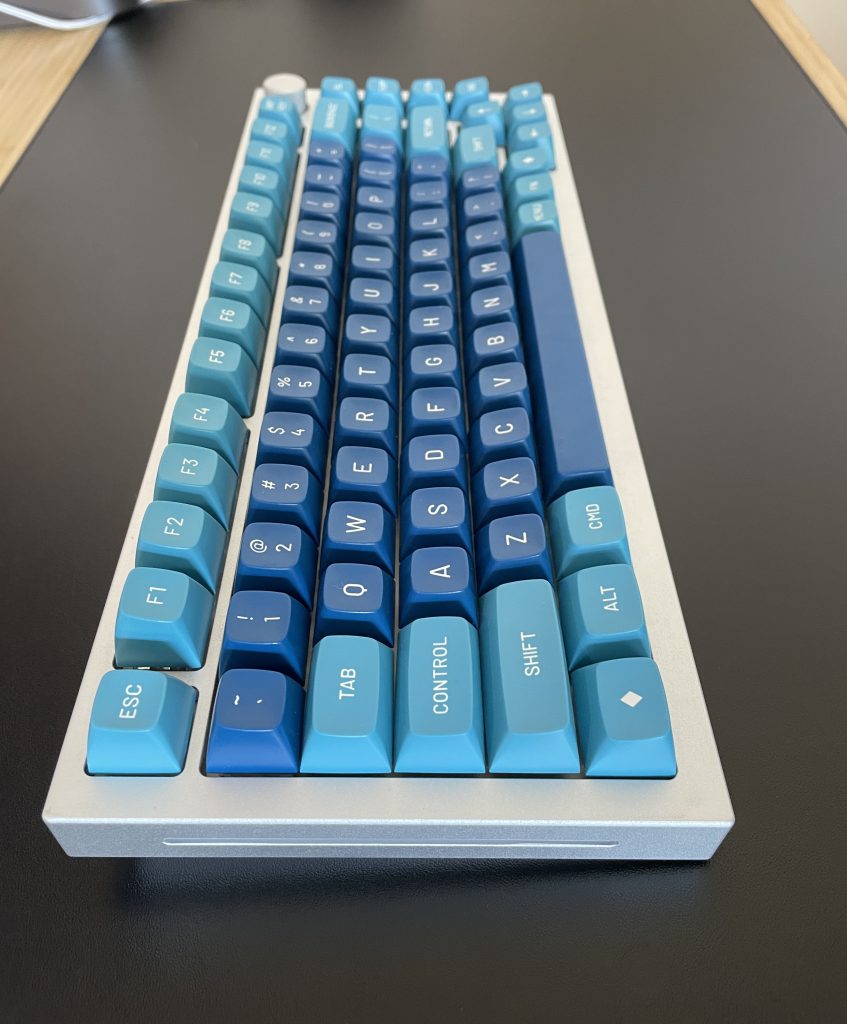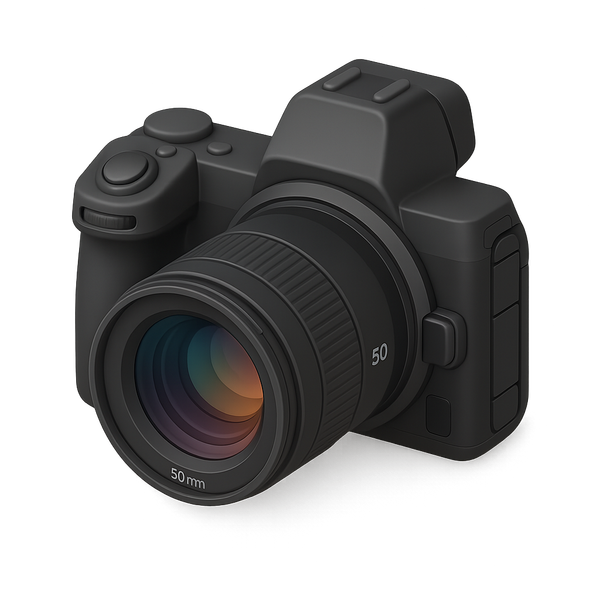GMMK Pro build, with MT3 Dasher keycaps
I’ve been putting off writing this post for a long time. One reason is that I wanted to use the keyboard for awhile before writing about it.
Official page for the GMMK Pro ->
So today, I sat down and wanted to write this post.
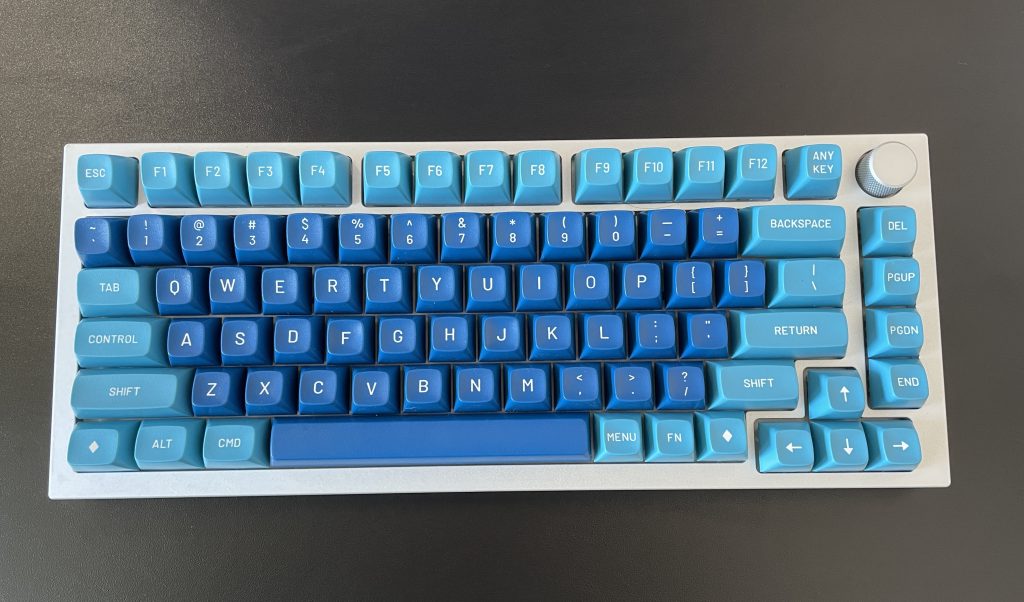
Background on the GMMK Pro keyboard
The pre-order for this keyboard opened up some time in 2020 but I wasn’t aware of it so I made my order in March of this year. This meant I was in the “flex batch” which had a delivery date of some time between June and August (iirc). The wait wasn’t too bad because it gave me time to think about the components I wanted. I wasn’t familiar with Glorious as a company to expect anything so it was all up in the air until I got the board delivered.
I won’t do a fully unboxing or anything like that, I will cover the board as my build currently sits with before and after photos of the board with and without keycaps.
Components
All prices are before taxes
| Component | Price |
| GMMK Pro board | $170 |
| Glorious Panda™ (36x switches) | $25 |
| Kailh Speed Silver (120x) | $37 |
| Kailh Purple (120x) | $37 |
| Drop MT3 Dasher Keycap Set (base kit) | $110 |
| Durock V2 screw-in stabilizers | $26 |
| Krytox 205 lube | $23 |
| Permatex dielectric grease | $8 |
| Cherry MX switch opener | $8 |
| Kailh switch opener | $9 |
| 4-Claw stem holder (prong tool) | $6 |
| 00 Philips screwdriver | $4 |
| Total cost of components | $463 |
That’s a hefty list of components and also a whole lot more than what I’ve spent on a keyboard before this. After tax, that’s over $500. I will explain some important components below, and some I hope are self-explanatory.
Switches
After using the Topre keyboard and its dupe the Niz Plum (see full write up here ->), I actually walked away thinking that the different force required on different parts of the keyboard is a great idea. There is no reason I’ve seen/read online except that “it’s how it has always been done” for using the same type of switches throughout the whole board. So I decided to go with a multi-switch type option.
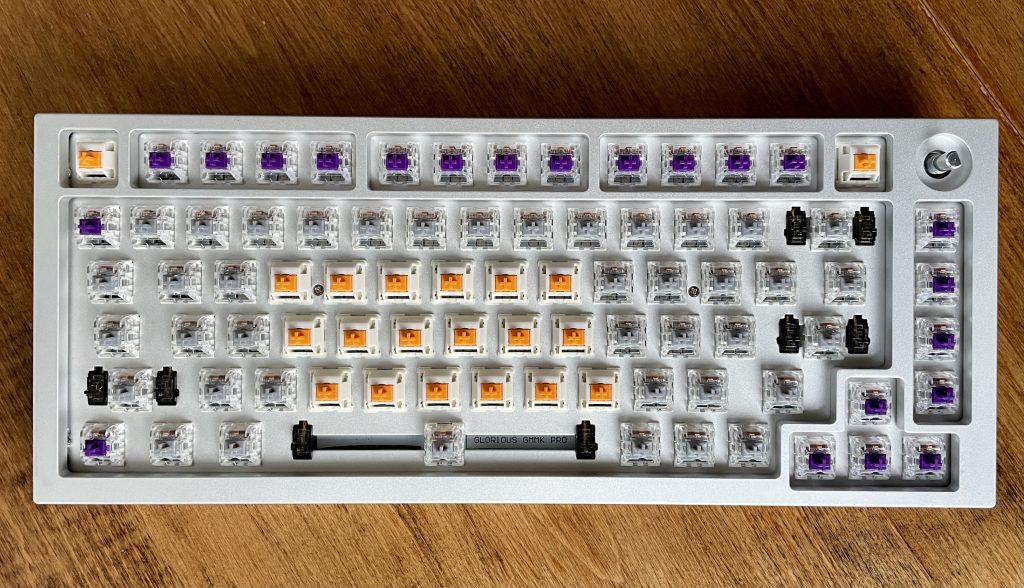
Glorious Pandas
These are the dupes of the Holy Pandas and since the Holy Pandas cost more and are harder to come by, I opted for these when placing the final order for the keyboard on Glorious’ website. Key specs about these that mattered to me is that they’re a tactile switch with a 67g spring.
I used these on the index and middle finger keys (you can see the orange keys in the image above). I used the pandas on the escape and F13 b/c those keys I wanted to feel similar to the middle of the keyboard (and the contrast looks cool).
Kailh Speed Silvers
These keys occupy most of the board, they are some of the lightest switches you can buy in terms of actuation force, at about 27g. This makes them insanely easy on the weaker fingers like the ring and pinky finger. For keys like semi-colon ; and A, I do notice that there’s some times an accidental press b/c my finger’s just resting there. In terms of overall feel, these are linear switches so there’s hardly any feedback which I am okay with for the
Kailh Pro Purples
These were the wildcard switch I went for, they are in the middle between the other two when it comes to actuation force, at about 50g. The tactile feel is there but I don’t notice it much because they’re under keys that are not pressed very often as part of the normal typing experience. I used these for the function row, the arrow keys and the navigation cluster.
Bad switches / weak switches
While working on the board, one of surprises that I ran into was how often some of the switch connectors got bent. I messed up about 20 switches, with the Kailh speed silvers being the easiest to damage. I’m not sure if it’s possible to get the switch working after the connector bends but since I had so many extras, I went with the safe approach of using a new switch each time. I believe only 1-3 pandas were broken like this. This could also be because I installed so many more silvers.
Taking apart the keyboard and lubing the switches
I took the keyboard apart twice, the first time to install the Durock stabilizers. The installed stock stabilizers were way too sticky to use, I’m not being a snob about this. The stock stabs were way too lubed. I tried them with a non-lubed Kailh silver switch, the keycap would not even return to its initial position after pressing it and pressing down felt really hard (no matter which switch I used).
The second time I had to take the board apart was because I needed to shave off some plastic from the Durock stabs. Yes, as Taeha mentioned in his build video, the Durock stabs are a bit too big for the case and they will get stuck. Also, make sure to tighten the screws to their absolute limit and press in the plate and case together so that the foam is really in there and not moving around at all. I had to take the board apart the second time because after going through the installation of switches and keys, I realized about half the keys didn’t work because the plate and the case were not tight enough to make the switch and PCB connect sufficiently. I think I broke one of the side LEDs when putting together the board the second time around.
Lubing the switches was a relaxing activity. I did about 10-25 switches a day (I would do this after work at night). It took me about a whole week to get the board ready for use. I went with the Krytox for the panda switches and the dielectric grease for all the Kailh switches. The krytox isn’t as thick as the dielectric grease so the pandas do feel very smooth. All the lubed switched feel extremely smooth to press.
One thing to note, the Kailh switches use a different switch opener than all other MX style switches. This is why I have two switch openers listed in the component list.
MT3 Dasher keycaps
I love my SA profile keycaps that Kristen got me as a gift about 3 years ago, I used them on my previous keyboard and they just felt amazing. The SA profile helps a lot with reaching the Function row and the number row. The MT3 profile is a different profile but the top function row feels similar to the SA profile. The keys have a concave dome shape at the top where fingers can sit and pressing the key down really feels good. I think the plastic used makes a bit of a difference compared to some of the cheaper keys I’ve used before, but this might be just because the MT3 keys look so good.
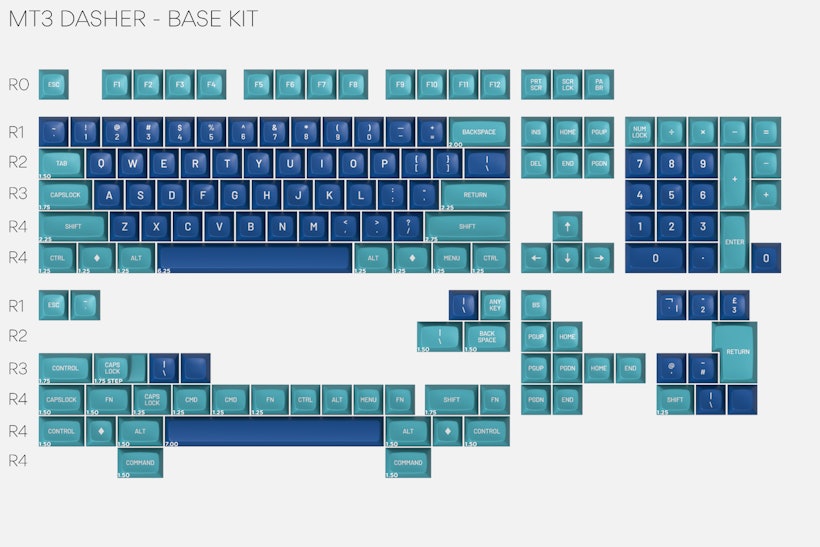
Thoughts on typing experience
Overall, I’m happy with the board. The switches feel great, the key profile fits well on this board. The color scheme isn’t my absolute favorite but still I like it.
The LEDs are nice but I rarely use them, they’re good for testing the switches before you use the board. The rotary knob is one of my favorite things about this board. I have always been a TKL/80% fan and this being a 75% (no full nav cluster and arrow keys moved down a bit) is not a huge change so I think it was a good layout choice. I do like having the function row available to me.
The type-c connection is useful, I don’t really care about wireless keyboards so this board checks the box for me on having the right way to connect to computers.
Being built with aluminum, it is a hefty weight and feels sturdy. The gasket mounting with the foam in between does help the typing experience feel a bit better. It doesn’t have the “tin” sound that my previous MX Cherry board with a plastic case had.
Negatives, things that could be changed
The board comes with two large LEDs on the side, they are used to indicate if the caps lock is on 🤦♂️. This is one of the features I care the least about because my caps lock key is turned into a control key with no caps lock ever being used. As I mentioned before, I might’ve broken one of the LEDs as well when reassembling the board the second time around so that doesn’t help the case either.
The inability to use aftermarket stabilizers without some effort wasn’t fun. In my case, I had to use an x-acto knife and shave off some of the plastic from the sides of the Durock stabs. Reassembling the board shouldn’t have taken as much effort as it did. I had to squeeze the board with a lot of force in order to get the PCB and switches to make connections.
The lack of macOS software and the inability to use QMK right now feels like Glorious really did oversell the board. I think the Keychron Q1 might be a better buy if you’re considering QMK / via support a must.
Once in awhile, there are some double presses of some keys and also the board doesn’t respond in some cases when the computer wakes from sleep. I never had this experience with any of my other boards.
Closing thoughts
If you’re thinking of buying a barebones board with no switches and no keycaps, I would urge you to look at other options alongside the Glorious GMMK Pro. It’s a good looking board but for the price, it feels like I was oversold on some of the features.
